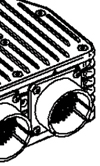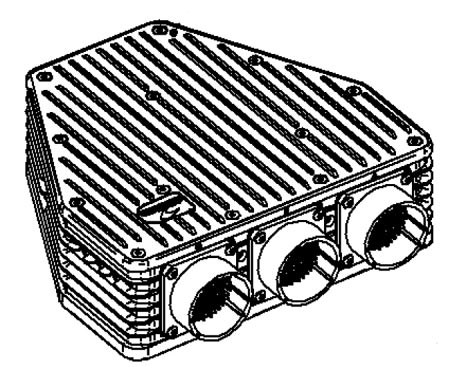Fuelling on demand
 If snippets of information that filter down to me turn out to be true, the average motorsport engine ECU of the future will have to work a lot harder. It's all to do with economy - both in the size of the fuel pump and the amount of power it consumes. While the systems that give these benefits have been fitted on some road vehicles for many years it seems that motorsports, with the emphasis now more on fuel saving than absolute power, is beginning to take notice as well.
If snippets of information that filter down to me turn out to be true, the average motorsport engine ECU of the future will have to work a lot harder. It's all to do with economy - both in the size of the fuel pump and the amount of power it consumes. While the systems that give these benefits have been fitted on some road vehicles for many years it seems that motorsports, with the emphasis now more on fuel saving than absolute power, is beginning to take notice as well.
In a traditional fuel-injected system the in-tank scavenge pumps transfer the fuel to a central collector 'pot' from where it is picked by the main pressure pump and delivered to the engine fuel rail. In order to keep the fuel flowing through the pump (and hence cool it) the excess to that required by the engine is dumped by the pressure relief valve and returned to the fuel tank to cool.
With a pump drawing something like 7-8 A of current, or even more, this is highly inefficient. In the latest fuel systems the fuel pump will deliver only that required by the engine at the time, at the correct fuel pressure.
Control will be via a closed-loop control system taking a signal from a pressure sensor on the fuel rail and directing it towards the engine ECU. This will send a PWM (pulse-width modulated) signal to the fuel pump to switch it on and off. In this way the pump will only be required to move the precise amount of fuel necessary, thus saving on current consumption and heat transferred into the fuel.
Furthermore, on hot re-starts where the fuel could possibly boil in the rail, creating vapour lock, the rail pressure can instantly be increased, subduing this effect and getting the engine started again. Increasing the rail pressure could also be used to extend the range of the injector units for, say, turbocharged engines at full load, while by the same means reducing it at part load.
While all this sounds fine, the only issue - and quite a major one at that - is surely one of the pressure fluctuations inside the fuel rail and the effect this could have on fuel delivery, especially if fuel rail volumes are small. One method currently suggested by some is to use some kind of accumulator system attached to the fuel rail, similar to those used to prevent oil surge. Contrived to dampen out the oscillations and general perturbations inside the rail generated by the sudden all-on/all-off demands of the injectors, the tuning of such systems could be quite tricky and highly dependent on things like the volume of the system as well as its shape.

But irrespective of this little inconvenience, simply look at the advantages over and above those already stated. The immediate benefit could be higher fuelling precision. Knowing the exact fuel pressure and transient condition at the time of injection means that the exact amount of fuel can be injected at the correct time, and when compared with earlier pulse widths could give an early warning of anything going wrong. Engine diagnostics, I believe they call it.
Not to be confused with returnless fuel systems, where the pump works constantly and the pressure regulator is actually installed in the tank, demand-controlled systems are likely to be seen more often on our circuits in the future.
Fig. 1 - F1 Controller
Written by John Coxon